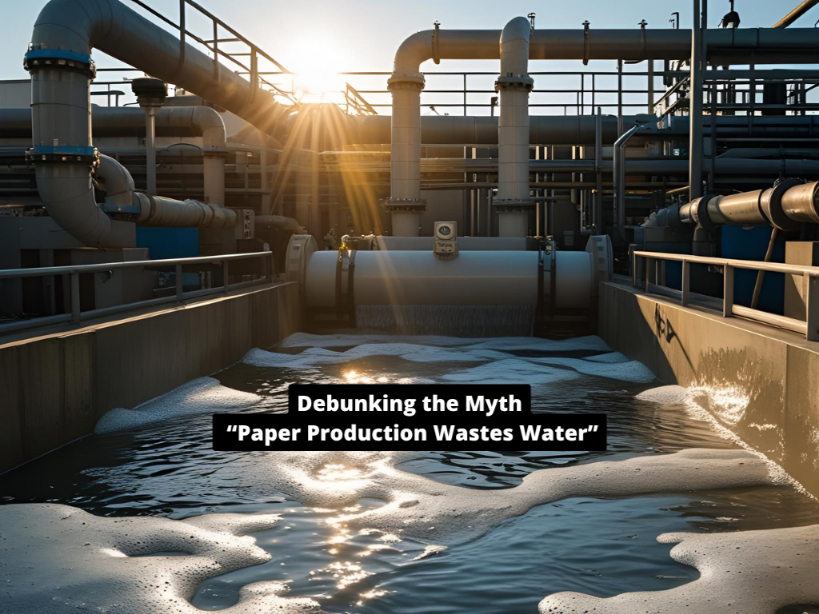Eco-friendly Trend: Paper Products Gaining Popularity Among Consumers
Coniferous recognizes the growing concern for environmental sustainability and the debate on the impact of electronic communication versus paper-based communication. While many companies promote “going green” by eliminating paper, our company believes that it is crucial to consider the facts and make informed decisions.
Paper products have long been viewed as an environmental liability, but more than half of Americans now believe paper products are good for the environment. The number of consumers who believe the paper has a positive impact on the environment has increased from 48% in 2011 to 54% in 2021, according to a new Consumer Research Global Survey by Toluna.
The survey also reveals that consumers are looking for more value from their paper purchases – with 55% of respondents saying that recyclability is one of their top three reasons for purchasing recycled paper products.
Understanding the Dynamics of U.S. Forest Area
According to the U.S. Forest Service, the most common cause of deforestation in the United States is commercial logging — not paper manufacturing.
In fact, according to a study by the World Resources Institute and the World Bank, the global demand for paper products is one of the few sustainable sources of income for many people living in rural areas of developing countries.
Paper consumption contributes more than $1 trillion to global GDP every year and supports more than 1 million jobs.
Paper products are one of the most environmentally friendly options available to consumers. Paper is made from trees and can be recycled over and over again. It’s also a lot cheaper than other materials that are used in packaging, such as plastic and metal.
Paper Recycling Rate
Paper recycling in the United States is a hands-down environmental success story, but most consumers don’t know it. According to the survey, only 12% of consumers know the U.S. recycling rate exceeds 60%, up from 11% in 2021. Four in 10 consumers believe the paper recycling rate is less than 30%. The facts: More than two-thirds (68%) of all paper and paper-based packaging in the U.S. is recycled, and more than 91% of corrugated cardboard is recycled, according to the American Forest and Paper Association.
Environmental Impact of Communication Methods: Paper vs Electronic?
According to the Environmental Protection Agency (EPA), the pulp and paper industry contributes only 0.6% of total U.S. greenhouse gas (GHG) emissions, largely due to the industry’s use of renewable, carbon-neutral biofuels. In contrast, the information communication technology (ICT) industry has a growing carbon footprint, with up to 3.9% of global GHG emissions attributed to this sector. This trend is expected to continue unless regulatory and industrial interventions take place.
Furthermore, paper products have a circular life cycle, with the raw material perpetually regrown and the energy used to manufacture them generated mostly from renewable, carbon-neutral biofuel. Additionally, paper products are the most recycled material, with a higher recycling rate than any other material. In contrast, only 15% of the approximately 7 million metric tons of e-waste generated in the United States each year get recycled, according to the 2020 Global E-waste Monitor.
The Coniferous believes that it is important to dispel misconceptions about the sustainability of paper products and provide consumers with data and hard facts, free from pop mythology and greenwashing. We are committed to promoting sustainable practices and educating consumers on the benefits of paper-based communication.


